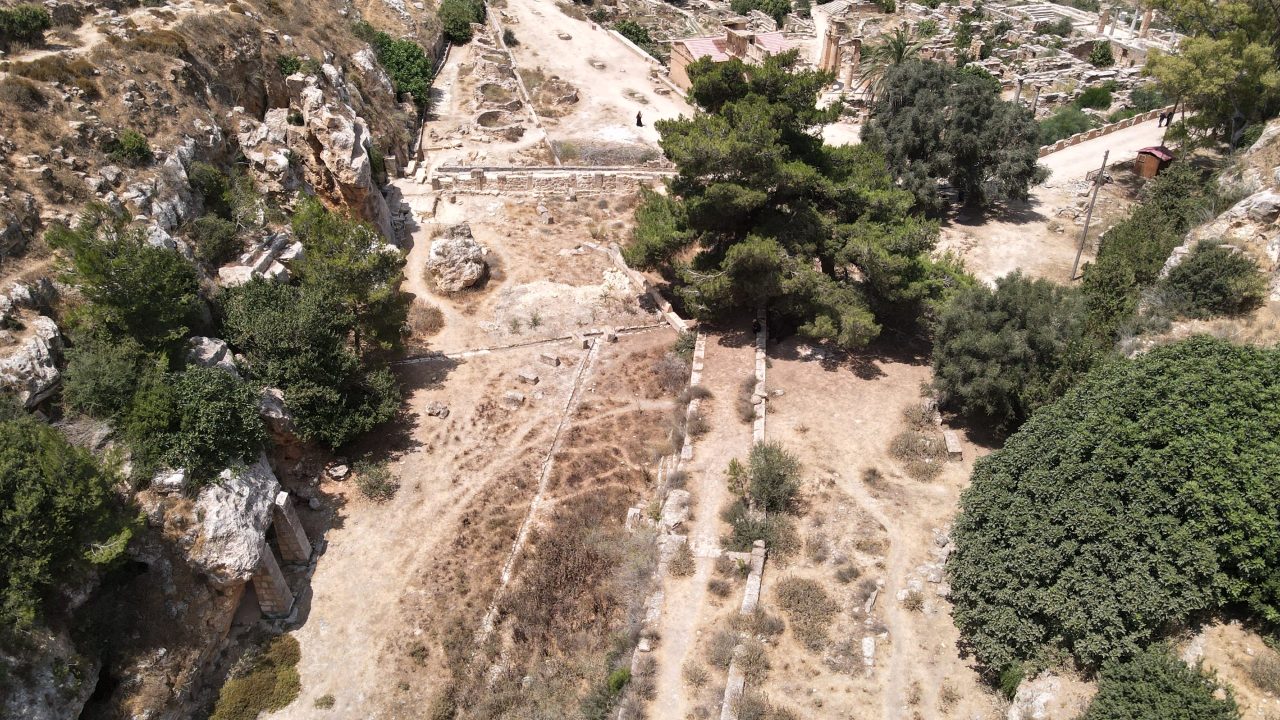

ASOR Begins New Conservation Project at the World Heritage Site of Cyrene
Sep. 25, 2025 | By Darren P. Ashby | ASOR Cultural Heritage Programs Manager
On the northern slopes of eastern Libya’s Jebel Akhdar plateau lies Cyrene, a UNESCO World Heritage Site known as one of North Africa’s most important ancient cities. With a view overlooking the Mediterranean Sea, Cyrene is a unique expression of Greco-Roman culture and urban life in North Africa due to its socio-economic history and its adaptation to its natural environment.
Founded in the late seventh century BCE by colonists from the island of Thera, Cyrene became the earliest successful Greek colony in the region. In the centuries that followed, the city and its residents prospered thanks partly to their control of silphium (a local wild plant with medicinal, culinary, and cosmetic uses that was highly valued throughout the greater Mediterranean world). Despite warfare and natural disasters, Cyrene remained a major city in the eponymous region of Cyrenaica until at least the seventh-century CE Islamic conquests.
The significance of Cyrene is inseparable from its natural environment. Perennial springs at the base of a cliff initially attracted the Greek colonists, who settled on the rocky heights above. From here, the residents could see all the way to the Mediterranean Sea, a view that continues to impress modern site visitors. The two springs—dedicated to Apollo and the city’s mythical founder Cyra—issued out onto a lower terrace that became the sacred precinct of the city, with a Temple of Pythian Apollo at its heart. Over time, additional temples, a bath complex, and a large theatre filled the area, turning it into a center for civic and religious life.
Flooding Threatens an Iconic View
Visitors reach the Sanctuary of Apollo terrace via Valley Street, a steep, colonnaded path known as the Stepped Portico that links the city center to the south with the propylaeum at the southeastern end of the terrace. Valley Street is built into a natural wadi (Wadi Bu Turkia) that is a focus of flooding during rain. In antiquity, an extensive canal system existed to channel this water to the baths and other structures on the terrace and then out away from the inhabited areas of the site. Today the system no longer works and urban growth of the contemporary city Shahat has increased flooding.
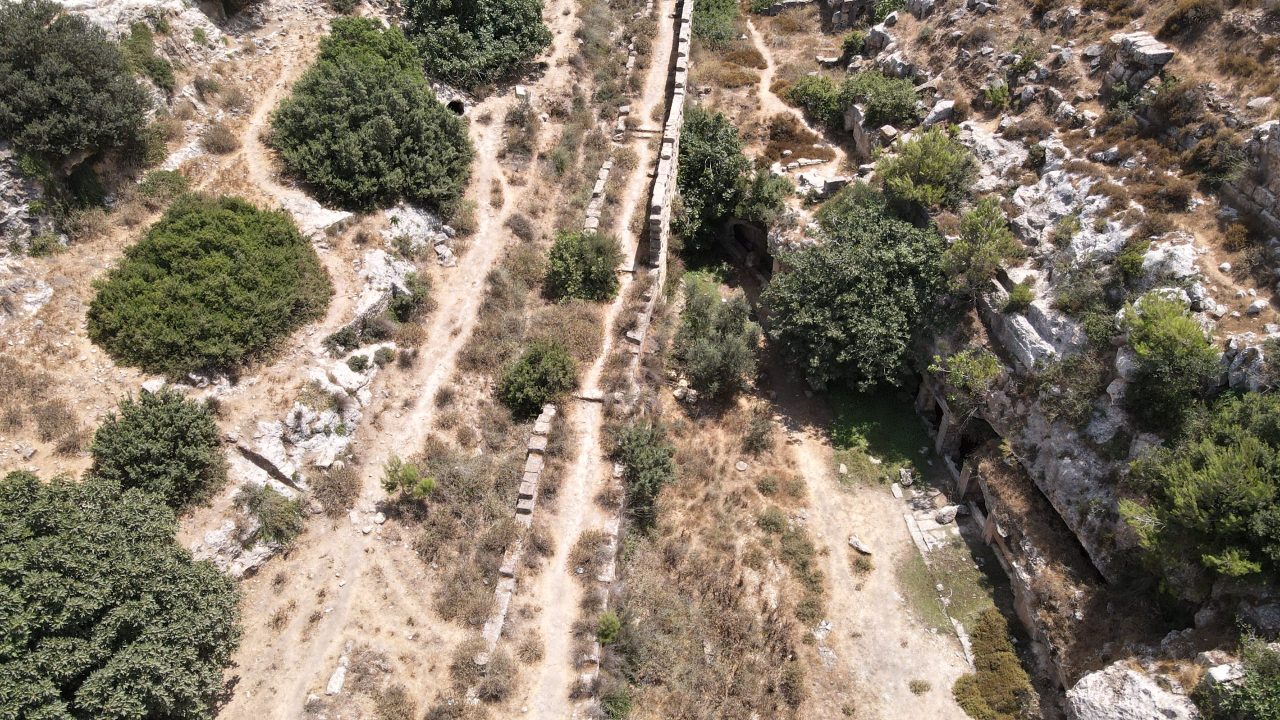
Storm Daniel in September 2023 demonstrated the threat of catastrophic flooding at Cyrene. In less than a day, this Mediterranean cyclone delivered more than a year’s worth of rain. The subsequent flood damaged the architecture and stratigraphy of the Valley Street area, cutting into ancient layers, damaging a stone drainage channel, washing away the Stepped Portico’s foundations, and scattering stone and architecture fragments in a debris field toward the Sanctuary of Apollo. It has also left some parts of the monument, including elements of entablature, exposed on eroding hillsides.
After cutting down Valley Street, water entered the Sanctuary of Apollo area near the Greek Propylaeum and flowed northwest between the Temple of Apollo and the Baths of Trajan before continuing off the northern end of the terrace. The greatest damage was in the area between the Roman Propylaeum and the Strategheion, where flooding eroded early stratigraphy, exposed previously unknown architecture, and spread thick layers of mud and debris around existing architecture.
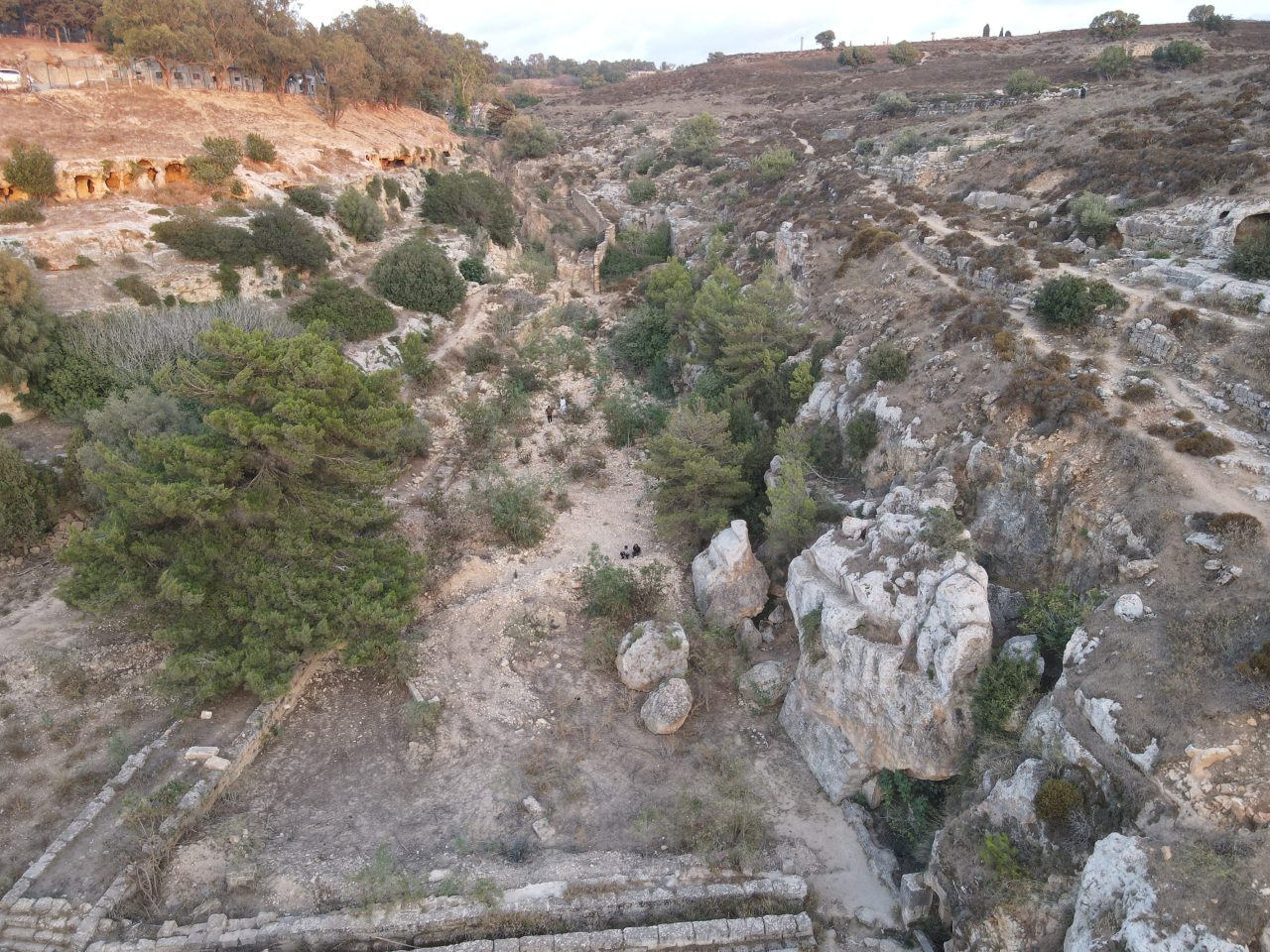
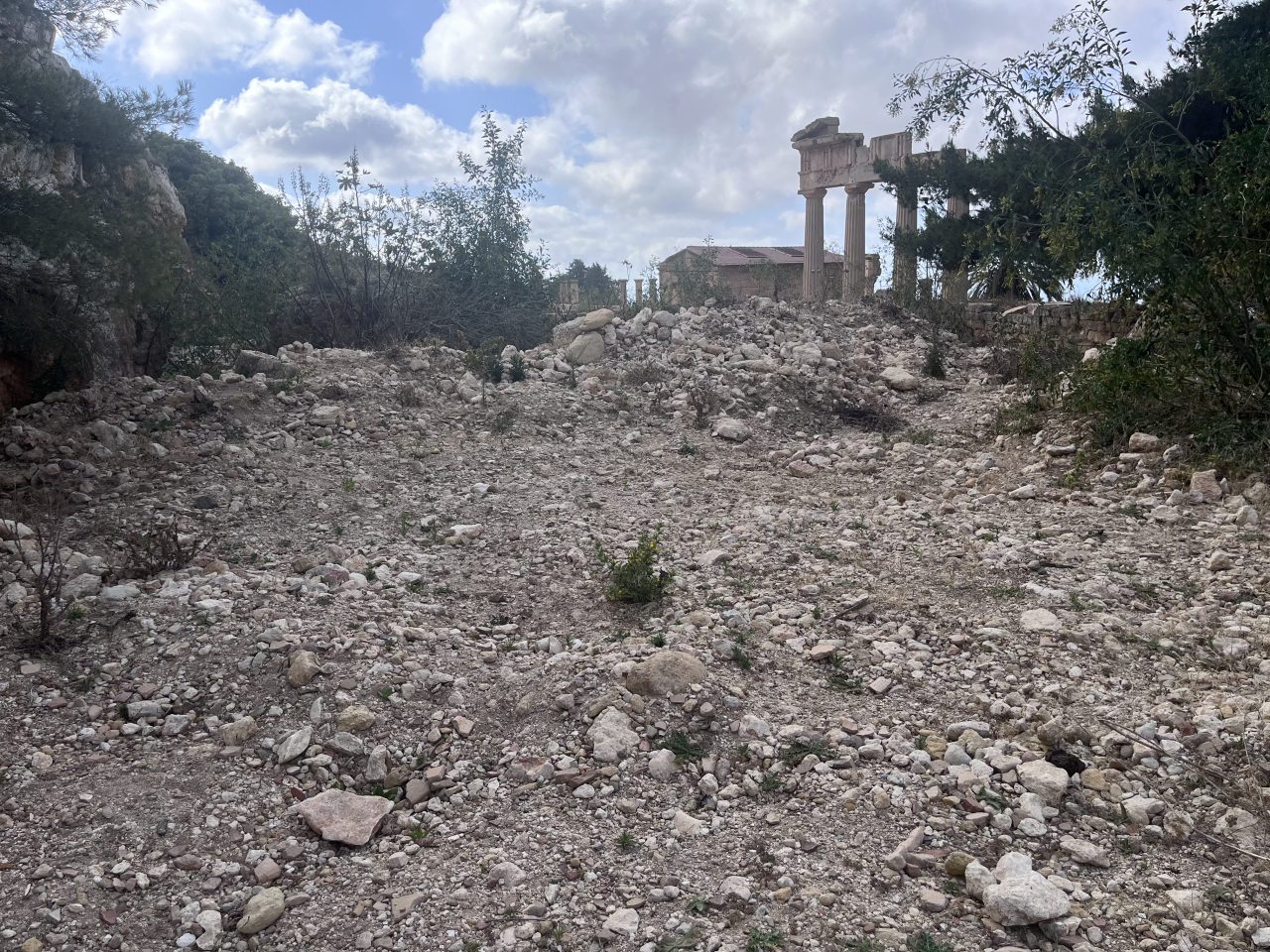
The Cyrene Conservation Initiative
To address the damage, the Libyan Department of Antiquities (DoA) and ASOR launched the Cyrene Conservation Initiative (CCI), a 12-month conservation and heritage education project. With the generous support of The American Institute for Roman Culture / Ancient Rome Live, the Cyrene Conservation Initiative combines conservation work as well as public safety improvements for site visitors.
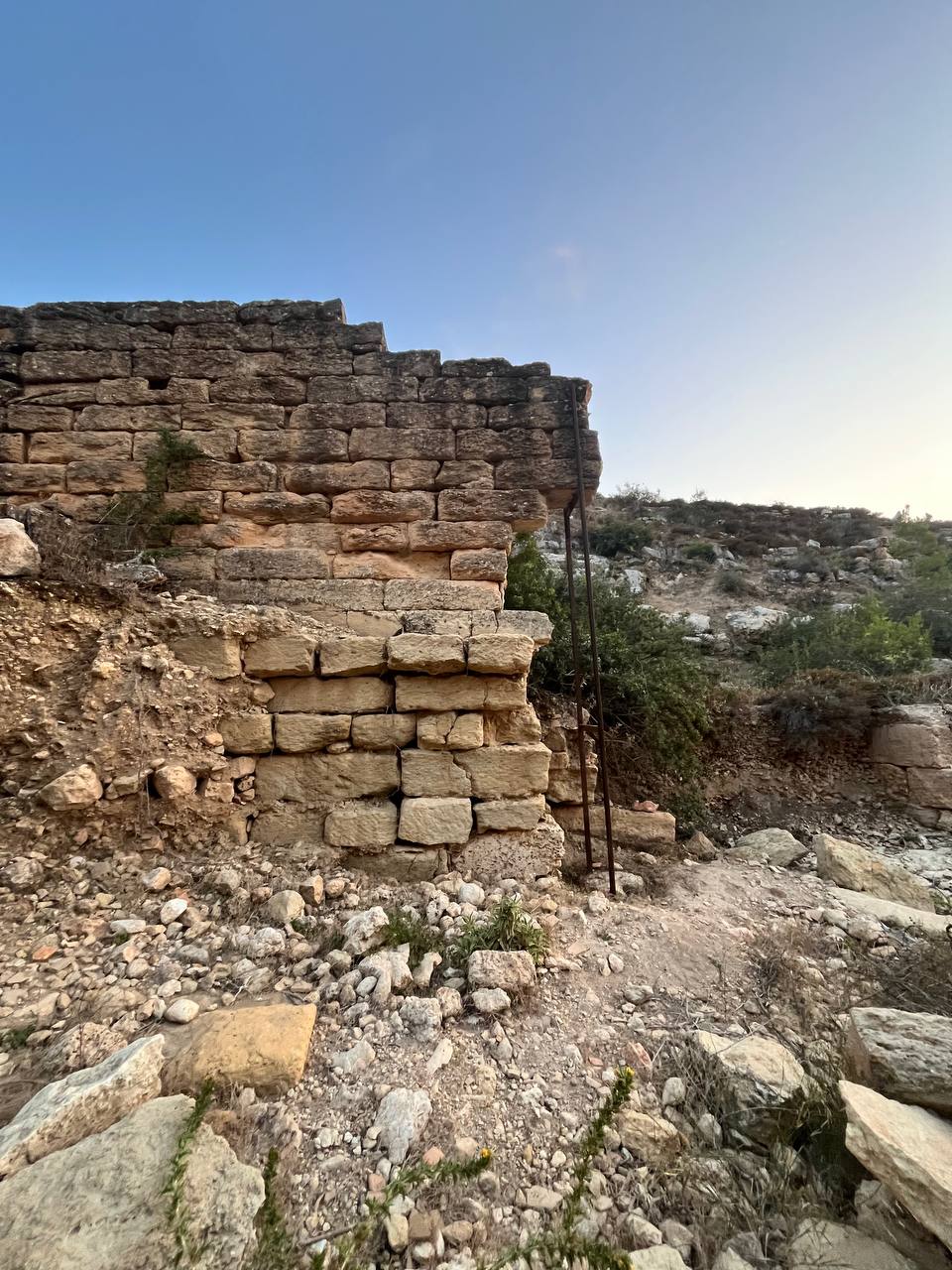
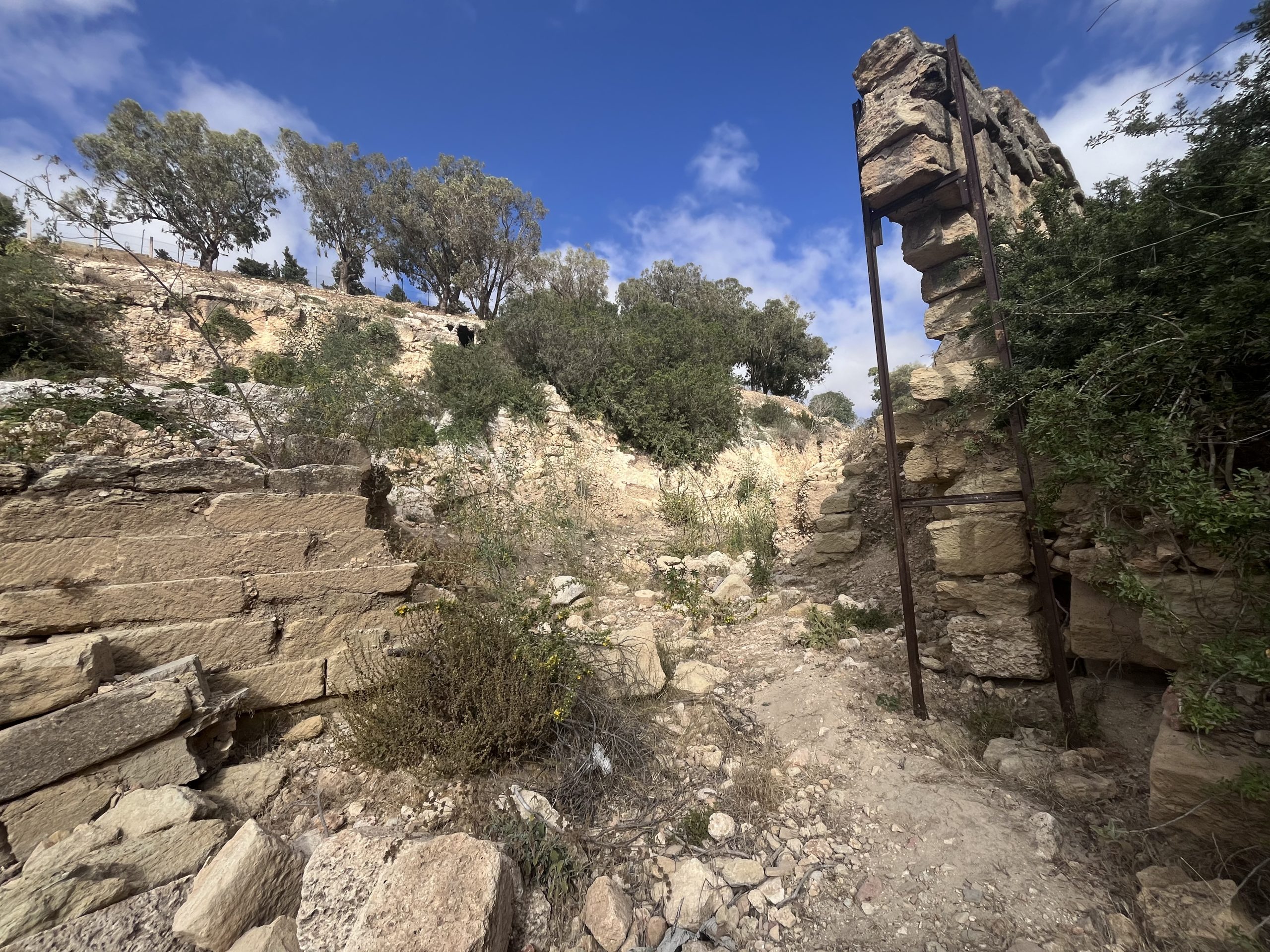
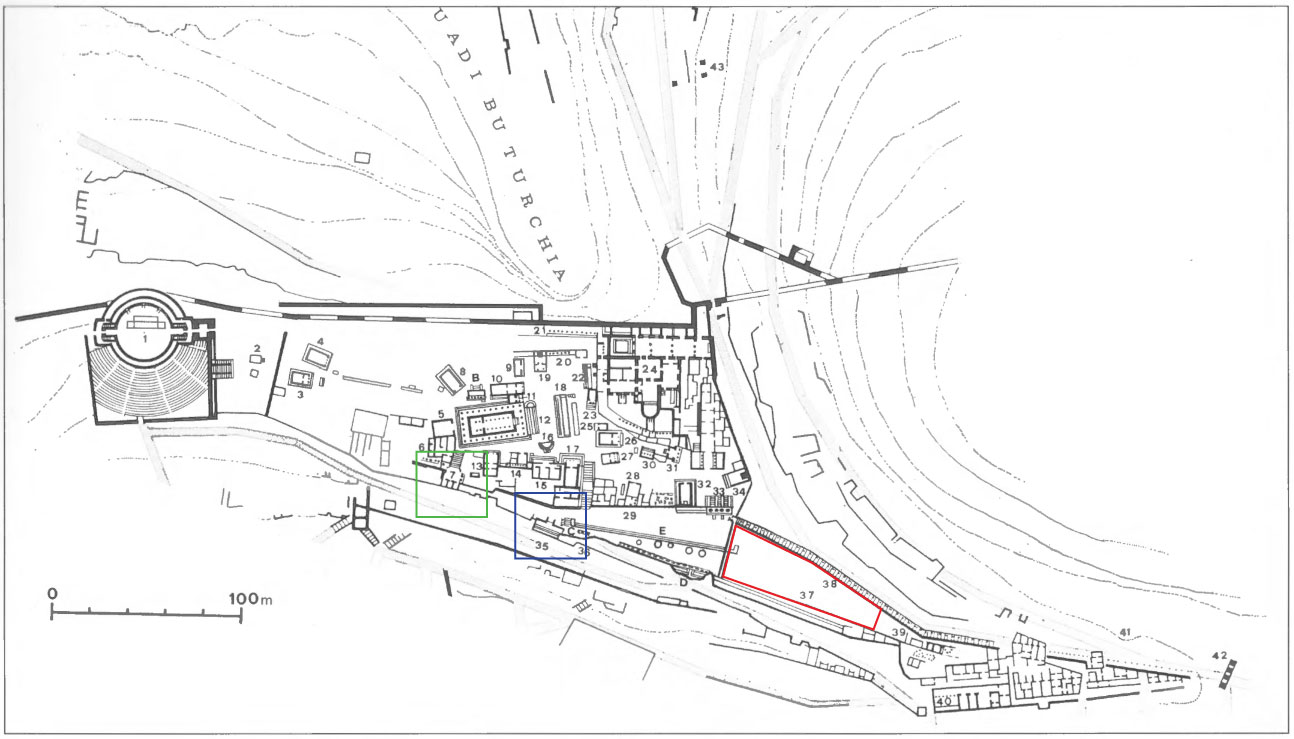
The Cyrene Conservation Initiative has three main objectives:
1. Document and Protect Heritage:
- Stabilize and document architectural and archaeological remains, including documenting newly exposed archaeological components, and stabilizing the northern end of the Stepped Portico.
- Clear flood debris and vegetation from affected areas. Material from the flood zone will be screened during removal to collect archaeological materials displaced from elsewhere on site.
- Collect masonry for use in future restoration projects.
- Work with DoA and the Municipality of Shahat to reduce future flooding risks in the Valley Street and Sanctuary of Apollo terrace.
2. Restore Safe Access:
- Secure visitor routes, including the Cave of Mithras and the springs at the southern end of the terrace.
- Assess and repair the loose stone in the grotto ceiling.
- Improve the path down Valley Street to the Sanctuary of Apollo terrace so visitors can reach it safely.
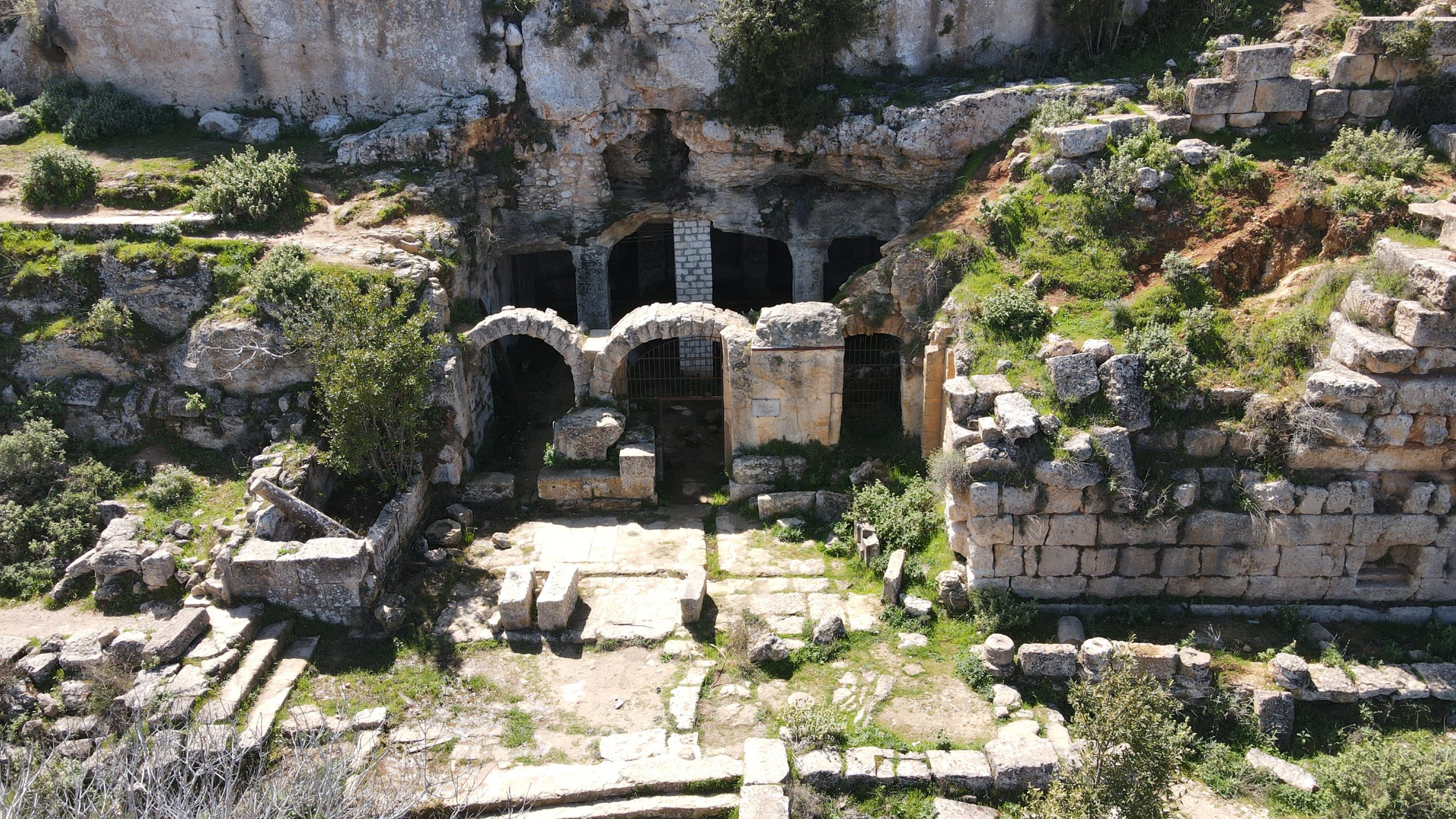
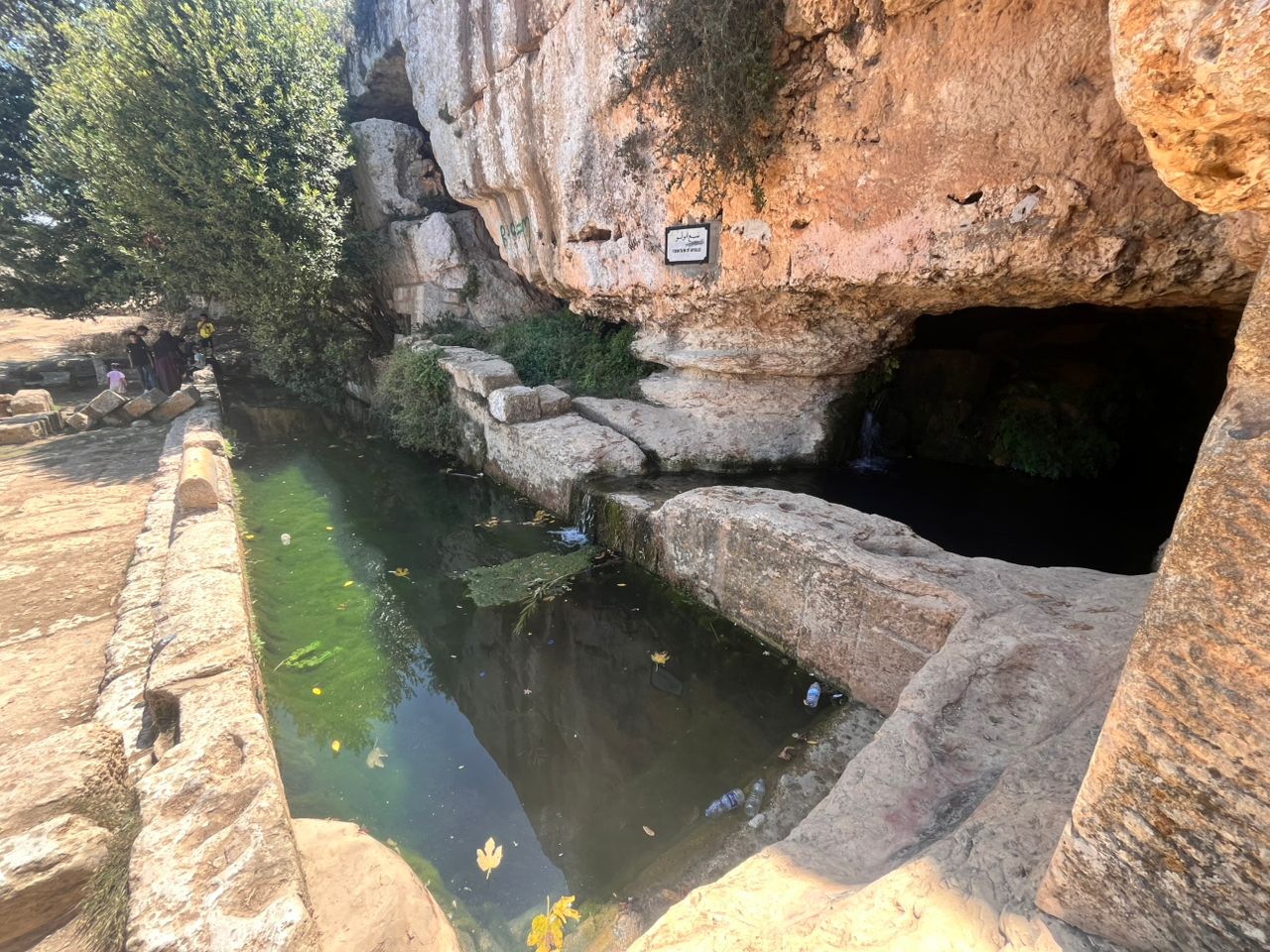
3. Improve Understanding:
- Create on-site educational materials, particularly with new bilingual (Arabic and English) interpretive panels on the Sanctuary of Apollo terrace.
- Provide detailed descriptions in both languages for the Temple of Apollo, the Spring of Apollo, and the Baths of Trajan, among other locations and key features so visitors can better understand the site’s history.
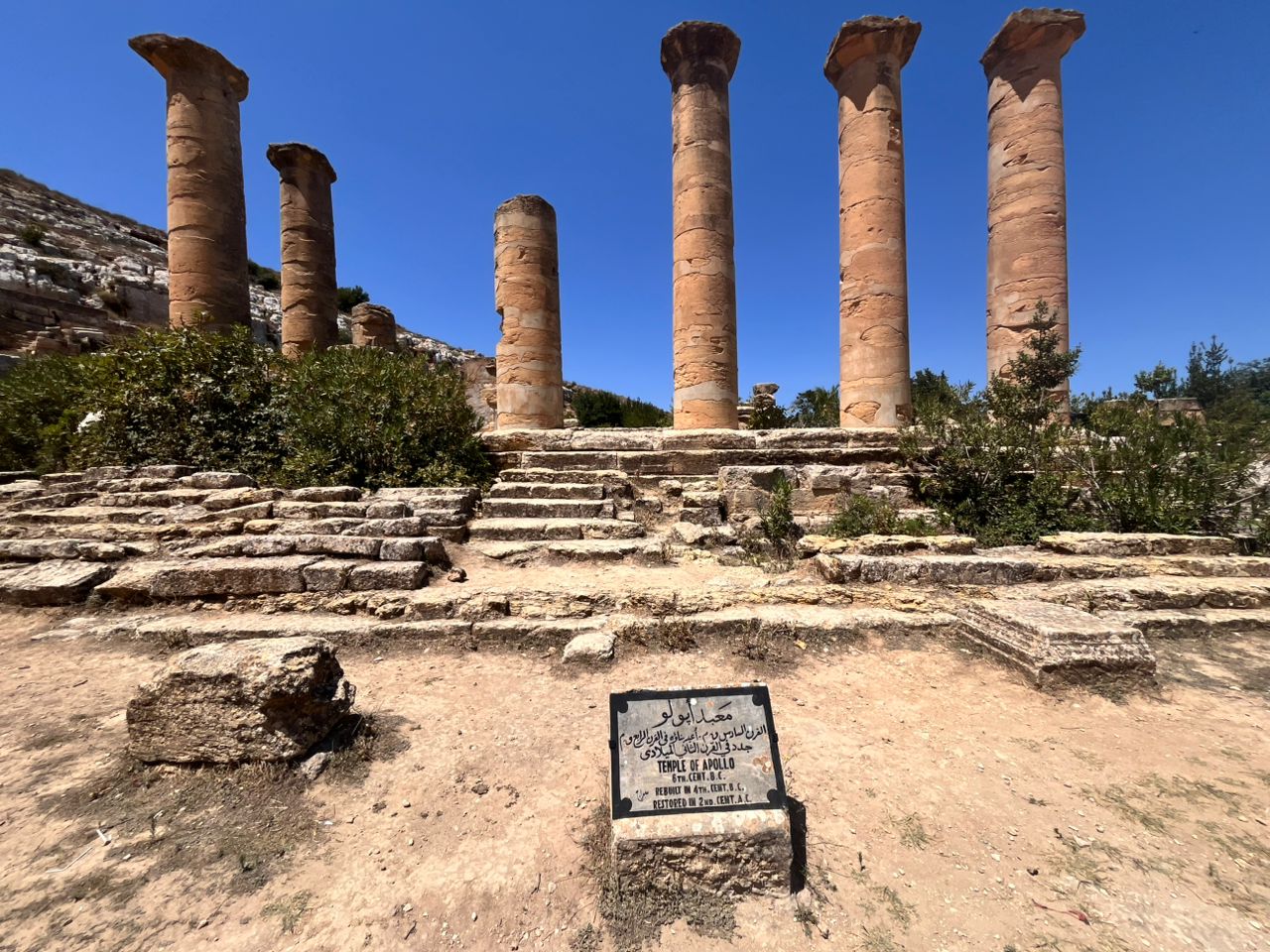
ASOR is honored to work together with the Libyan Department of Antiquities to protect and preserve Cyrene for present and future generations. To follow the work as it progresses, please visit the Cyrene Conservation Initiative project page.
